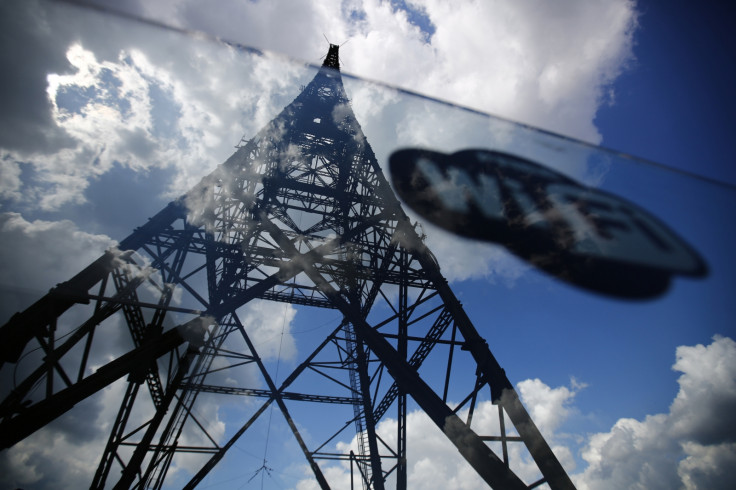New WiFi system using infrared boosts connectivity by 100 times
The system would take another five years before it is available in stores for consumers.

Researchers have come up with a wireless network using infrared rays that can provide connectivity that is 100 times faster than current Wi-Fi systems.
Researchers at Eindhoven University of Technology have developed a system that is simple and inexpensive to set up. It is maintenance-free and does not need power to function.
The researchers said that the network does not create any interference. For instance if your mobile device – smartphone or tablet – is out of the light antenna's line of sight then another light antenna takes over. The wireless network tracks location of the wireless devices with its radio signal and does not create any interference with a neighboring Wi-Fi network.
A normal Wi-Fi uses radio signals with 2.5 or 5GHz frequency, whereas the system conceived at TU Eindhoven uses infrared light with wavelengths of 1500 nanometres or higher. This light has frequencies that are thousands of times higher, which makes the data capacity of the light rays much larger.
TU Eindhoven researcher Joanne Oh has managed speeds of up to 42.8Gbps from a distance of 2.5 metres in the new system, whereas the average connection speed in the Netherlands is about 2,000 times less, at 17.6Mbps. The system uses light rays only to download.
Ton Koonen, professor of broadband communication technology, expects the system would take at least five years or more to hit stores. The first devices to use the new wireless network would be video monitors, laptops or tablets.
This is not the only Wi-Fi system based on infrared as a few other groups have been working on network concepts in which infrared light rays are utilised using movable mirrors. But the problem is that such a concept requires control of mirrors which in turn needs energy. Each mirror could handle only one ray of light at a time.
© Copyright IBTimes 2025. All rights reserved.





















